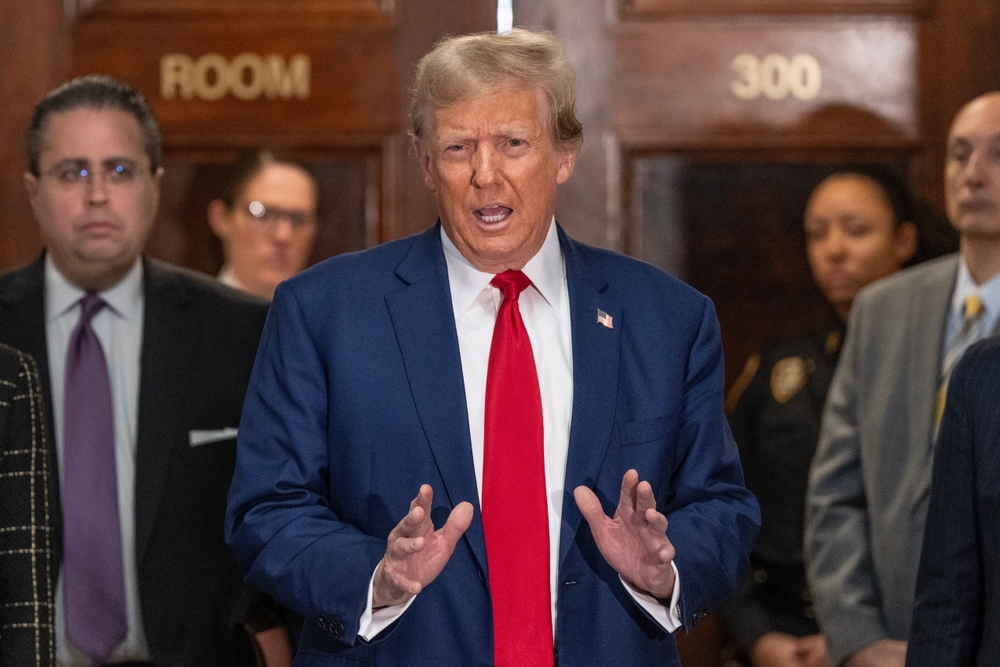
Ross Parker was chief of the criminal division in the U.S. Attorney’s Office in Detroit for 8 years and worked as an AUSA for 28 in that office.
By Ross Parker
ticklethewire.com
The DEA announced recently a re-examination of the Schedule I classification of marijuana. This most restrictive classification is reserved for substances which have no accepted medical use and a high potential for abuse.
Marijuana’s classification in the federal system is anomalous considering that 23 states have legalized it for medical purposes. The states have taken this action even though there has been limited medical research supporting that use. Older research used by legalization proponents was based on the greatly reduced psychoactive content of the substance thirty or forty years ago.
The Department of Health and Human Services and the Federal Drug Administration have made recommendations to DEA on reclassification, but these recommendations have not been made public. Advocates of reclassification argue that making it a Schedule II drug would permit more research on its benefits, if any, as a medicine. More research may well also point out the public health dangers it poses. A decision is expected at mid-year.
This review provides an excellent opportunity to re-examine the treatment of hemp as the same schedule as marijuana. There is a substantial argument that hemp should be de-classified entirely because of the host of potential legitimate uses it could have.
The hemp plant has a long history of use around the world. It was used in the Neolithic Age in China to make paper more than 10,000 years ago. Its hardy nature and versatility spread its cultivation until it became one of the most produced agricultural plants in the world. Its uses ranged widely from ropes on ships, clothing, food, and dozens of other products.
It is claimed that Columbus’s ships’ riggings, the Gutenberg Bible, the paper on which the Declaration of Independence was written, and the first American flag were all made of hemp products. George Washington and Thomas Jefferson were hemp farmers. During World War II hemp was used to make uniforms and for other military products. The government considered it so important to the war effort that it produced a film entitled “Hemp for Victory” in 1942.
Hemp’s industrial future crashed in 1972 with its inclusion with marijuana as a Schedule I controlled substance making it illegal to grow, sell or possess. There was limited scientific understanding of the psycho-activity of Cannabis varieties in 1972 and, even if that had been known, the difference of THC content between the two was not as dramatic as it is today. The THC content of hemp is .3%. Although marijuana plants averaged about 1-2% in the 1970s, they can easily exceed 20% today. Plus research claims that hemp contains which some scientists believe has an opposing effect both pharmacologically and behaviorally to THC. But these conclusions were unknowns in the 1970s. Few believe hemp poses a risk of abuse today.
Whether it was a reasonable policy at the time to prohibit the production of hemp is subject to debate. Perhaps today’s retrospective analysis of hemp’s aborted future is exaggerated. Maybe hemp’s day was essentially done, and it would have had limited impact in a more complex world of synthetics and agri-business.
But today 30 countries in the world still allow industrial hemp cultivation, and some, like France, Great Britain and Canada, report that in the last two decades it has made a resurgence and that its industrial use having increased by several times. Canadian farmers in particular would be unhappy if their southern neighbor lifted its prohibition. Hemp enthusiasts today claim that the product has an unlimited economic future.
The Agriculture Act of 2014 made it legal for universities to cultivate hemp for research purposes. Twenty-eight states have, likewise, authorized this limited use. This research has demonstrated the utility of hemp in the production of textiles, lotions, shampoo, and many other potential purposes. As renewable energy it is said to reverse the greenhouse effect.
There are factors on both sides on the issue of whether to re-classify marijuana as Schedule II. One factor in favor is that the facilitation of more research may point out the downside to legalization. As a dozen or so of these columns have reported, recent research supports the conclusion that regular use has serious negative health consequences, especially for young brains.
Whatever the decision on re-classification, this time provides an opportune moment for DEA to legalize hemp. It will benefit farmers, industrialists, consumers and environmentalists. And it will give DEA some much needed credibility in this confusing and often inaccurate public debate over the legalization of marijuana.





